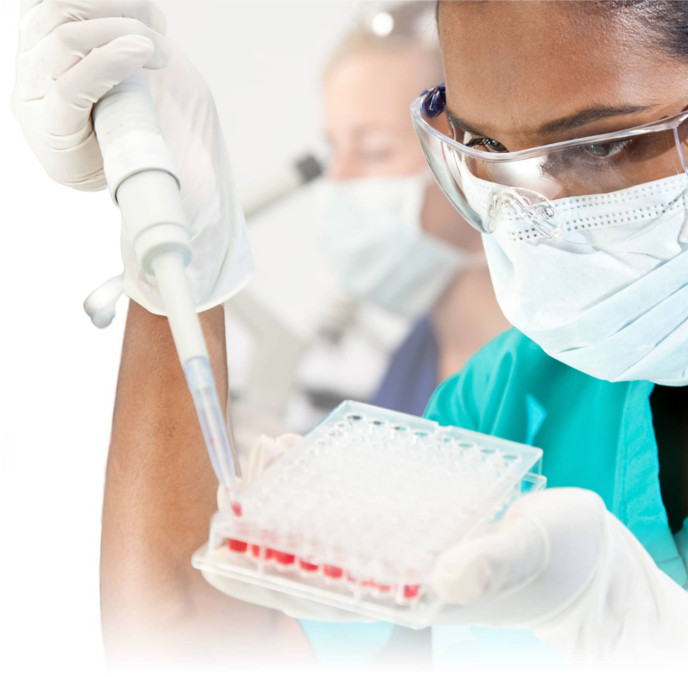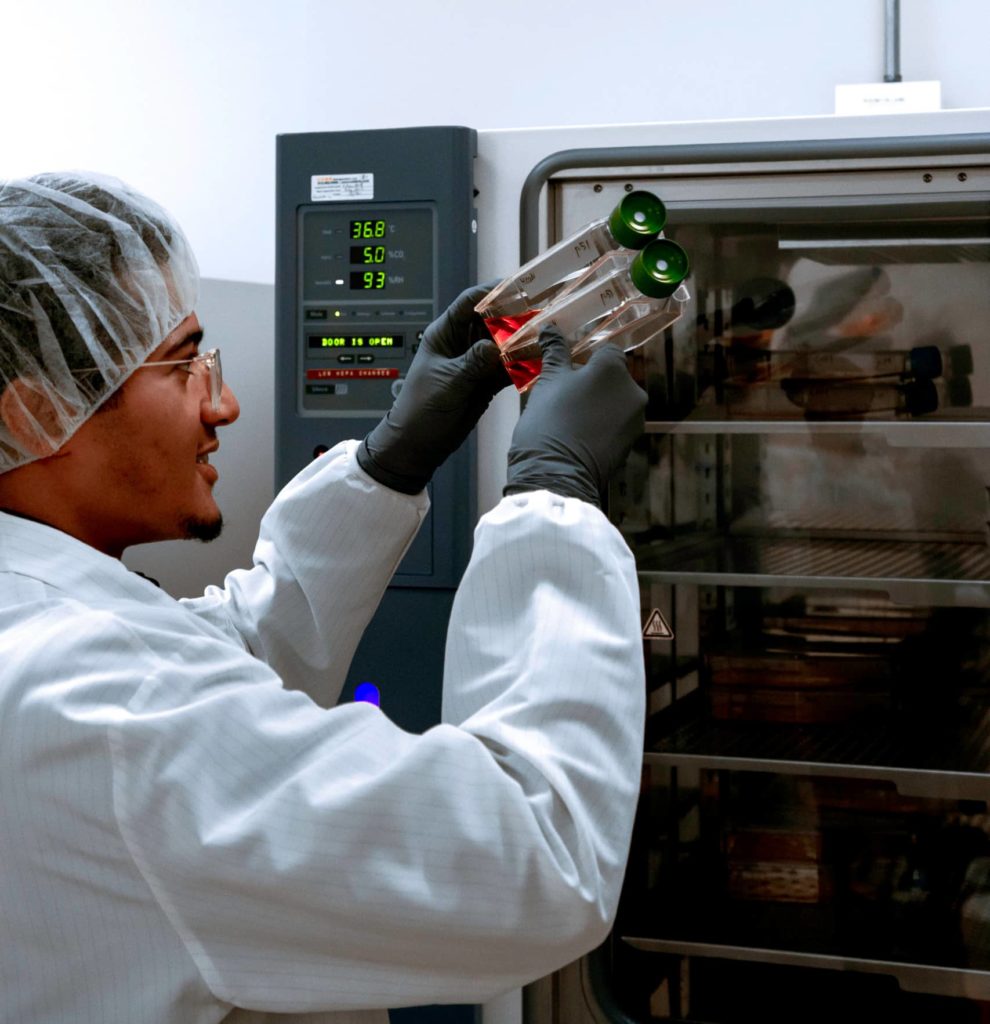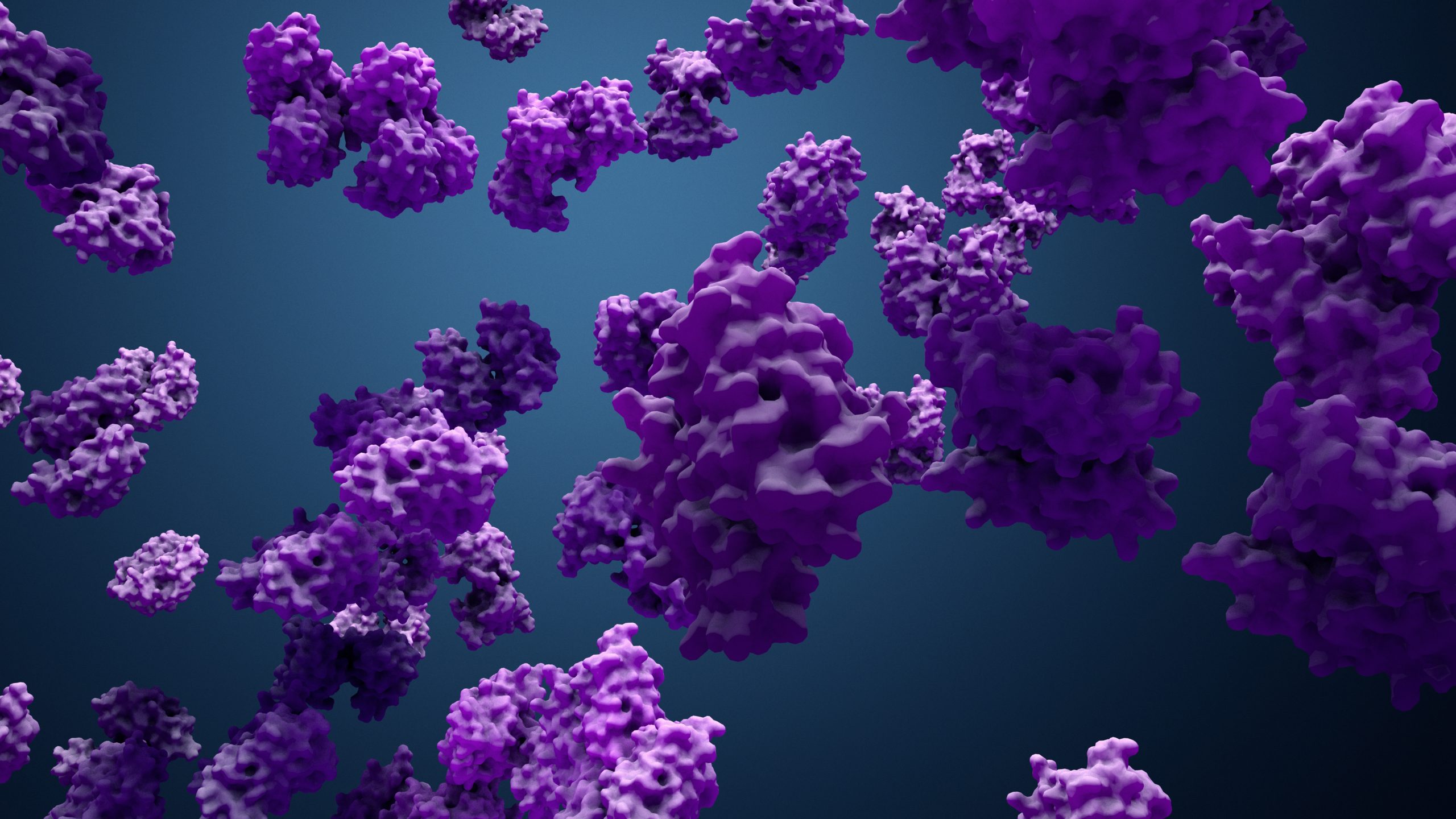
Enzyme Induction Studies to Evaluate Drug-Drug Interaction Potential
Enzyme Induction studies assess the potential for a drug candidate to induce (up-regulate) the expression of drug-metabolizing enzymes, resulting in increased clearance of the drug or another metabolized compound.
You can now request quotes for our research services on BioIVT.com!
Whether you need a single assay or a complete ADME program, BioIVT’s experts will help design and implement the appropriate studies for your drug and research objectives. View BioIVT’s comprehensive portfolio of ADME research services.
Induction studies fall into two categories: in vitro and ex vivo. In vitro studies evaluate the test article for its perpetrator potential using primary cultures of hepatocytes from human and/or other species, while ex vivo experiments in monkey, dog, rat, and mouse liver microsomes can identify the species with the closest induction profile to humans and help explain unexpected results in animal pharmacokinetic/pharmacodynamic (PK/PD), absorption, metabolism, distribution, and excretion (ADME), and toxicology studies.
Enzyme induction data is key to the evaluation of drug-drug interaction (DDI) potential of your compound.
To address direction from the Food and Drug Administration (FDA) to “determine if the investigational drug is an inducer of drug-metabolizing enzymes” (In Vitro Drug Interactions Studies— Cytochrome P450 Enzyme- and Transporter-Mediated Drug Interactions: Final Guidance for Industry, FDA 2020), we offer in vitro and ex vivo enzyme induction studies designed to meet current FDA, European Medicines Agency (EMA), and Pharmaceuticals and Medical Devices Agency (PMDA) expectations for new drug applications.

CYP Induction
Cytochrome P450 (CYP) Induction assays allow evaluation of up-regulation of CYP enzymes by a drug candidate and may help better predict drug-drug interaction (DDI) potential and inform the design of any necessary clinical studies.
UGT Induction
UDP glucuronyltransferase (UGT) Induction assays provide information to evaluate the risk of drug-drug interactions (DDI) with other drugs that may be cleared by UGT enzymes.
Ex Vivo Induction
Ex Vivo Induction experiments involving treated monkey, dog, rat, and mouse liver microsomes can identify the species with the closest induction profile to humans and help explain unexpected results in other preclinical or clinical studies.
Automation and Analysis
- Validated qRT-PCR methods
- Tecan liquid handling systems or manual incubations available
- Validated LC-MS/MS methods for activity endpoints
- Deuterated internal standards (all CYPs and most UGTs) for activity endpoints
- Comprehensive, publication-quality reports
Frequently Asked Questions regarding enzyme induction study design and results
You asked, we answered.
Sometimes we get asked if it is required to conduct a preliminary cytotoxicity study prior to conducting an IND/NDA enabling enzyme induction study, in order to determine the concentrations to use in the definitive study. The answer to this is no; there is no regulatory requirement for a preliminary cytotoxicity study prior to induction studies. In most cases it is fully acceptable to assess cytotoxicity during the definitive study portion of the experiment. Collecting samples for the measurement of LDH release from each treatment concentration and donor during each 24 hour media change, combined with expert microscopic visual inspection of the cell cultures, provides a robust assessment of cellular health and complies with regulatory requirements.
Additionally, the selection of concentrations to run should be based upon regulatory guidance requirements. One concern we often hear is that running at such high concentrations required by the regulatory agencies might lead to unexpected cytotoxicity, hindering the ability to properly assess induction or estimate EC50 and Emax. One way we mitigate for this is using 7 concentrations in our enzyme induction assays. Having 7 concentrations usually allows for enough data points to still calculate EC50 and Emax values should any cytotoxicity be observed in the highest concentrations. If your drug is suspected to be highly cytotoxic because of its intended therapeutic use, it may be the exception, if this is the case please contact us to discuss with one of our subject matter experts.
FAQ Resources
For a quick overview of enzyme induction studies, including why measuring CYP (or other enzyme) induction is important, regulatory guidance and expectations, types of induction studies, typical study design (definitive vs. screening), considerations and questions to ask upfront, test systems and more, watch our ADME 101 presentation.
For a more in-depth presentation, read our blog post or watch our webinar in which VP of Scientific Operations, Dr. Joanna Barbara, answers frequently asked questions such as “How are test article concentrations selected?” and “Why do I need to do spent media analysis?” Our experts walk you through each part of the study, reasoning for controls and study design elements, regulatory expectations, information gleaned from results, and more.
If you would like more information about when, why and how to conduct CYP2C induction studies, read this blog post or watch the corresponding presentation.

